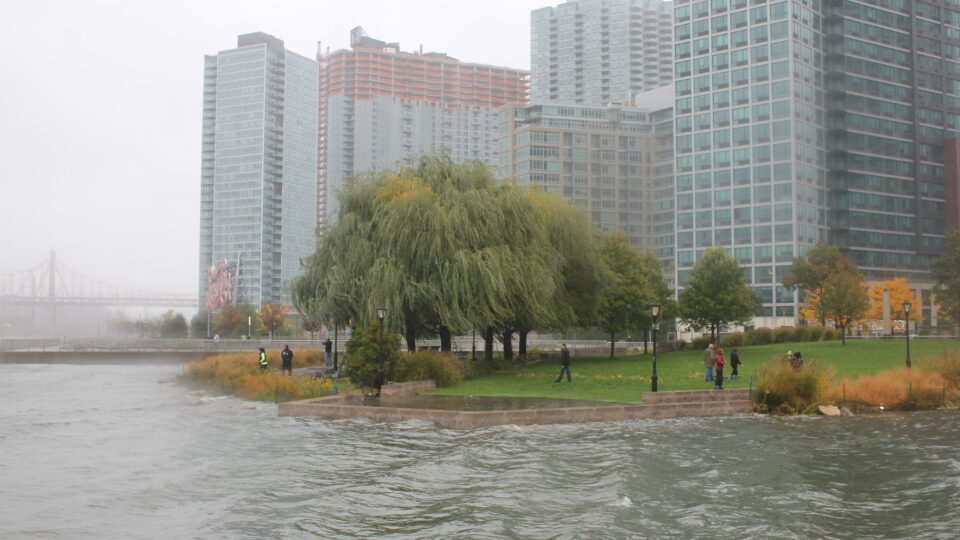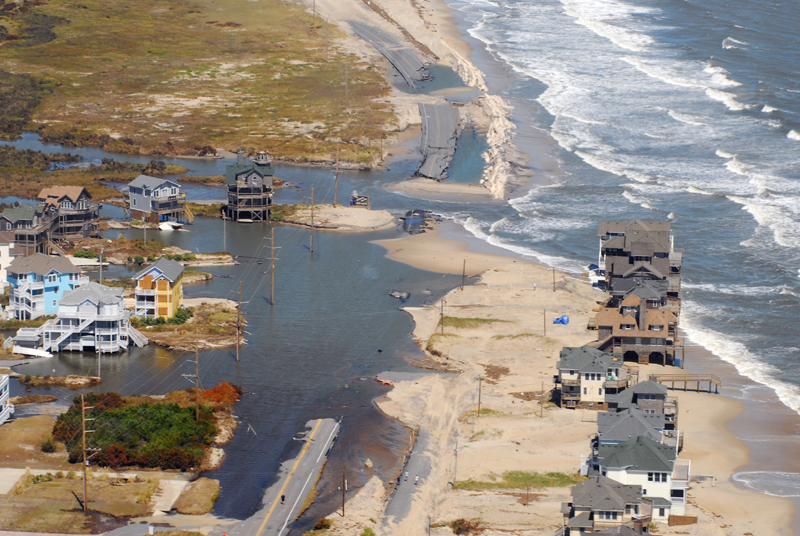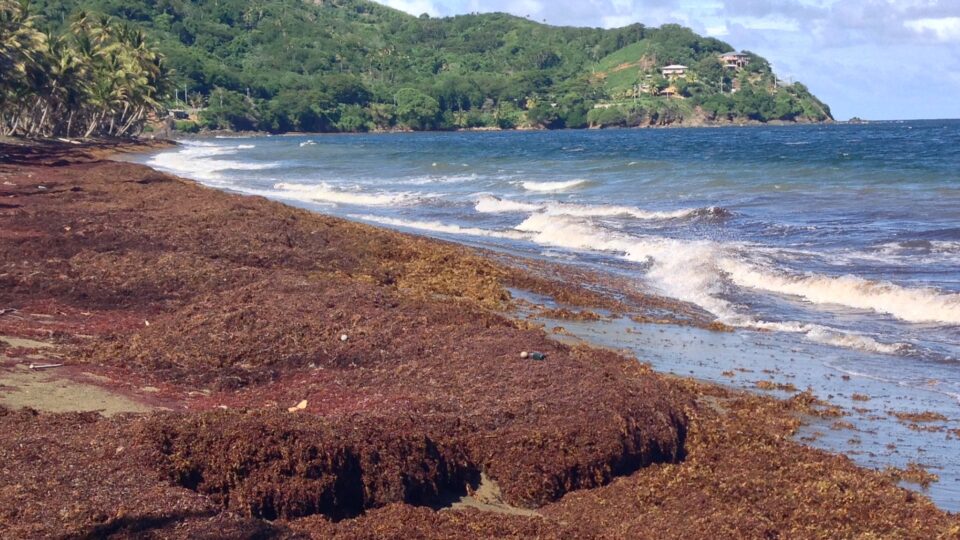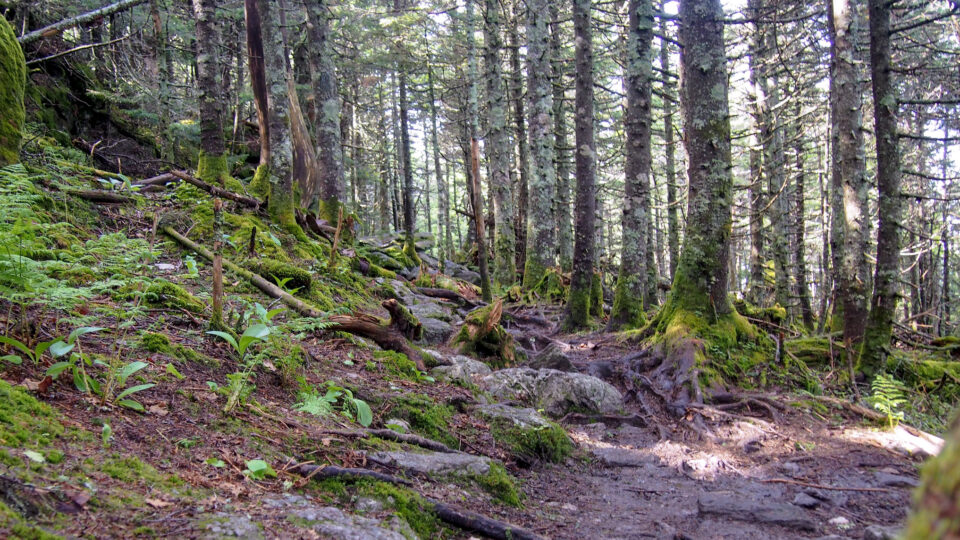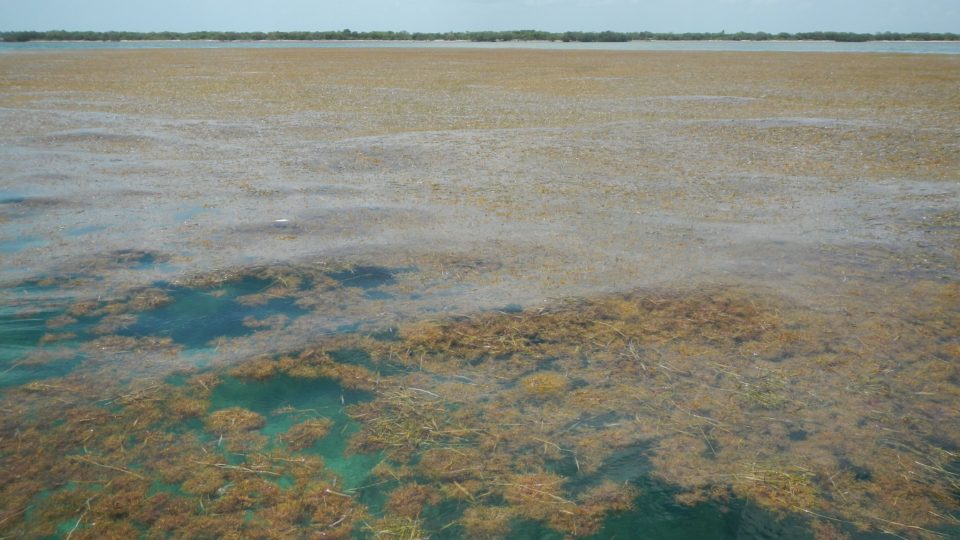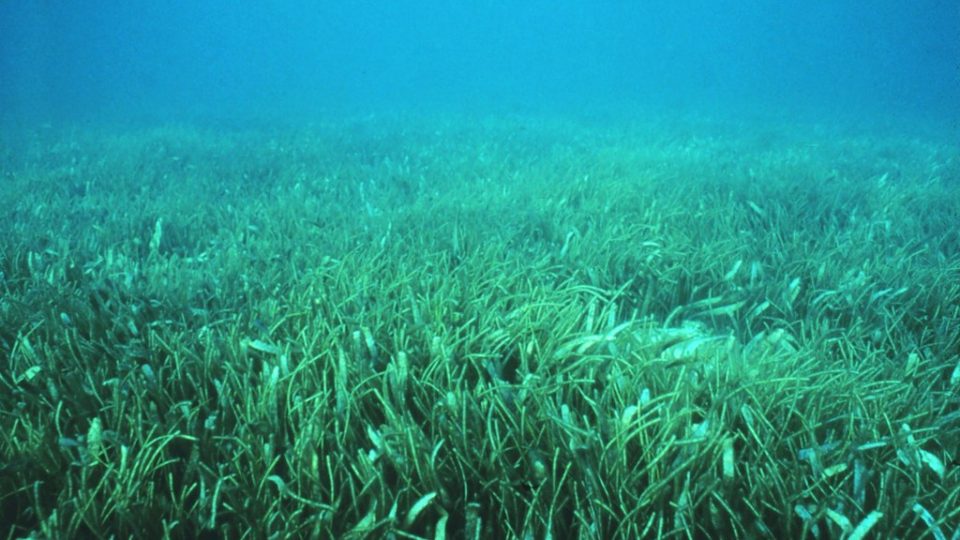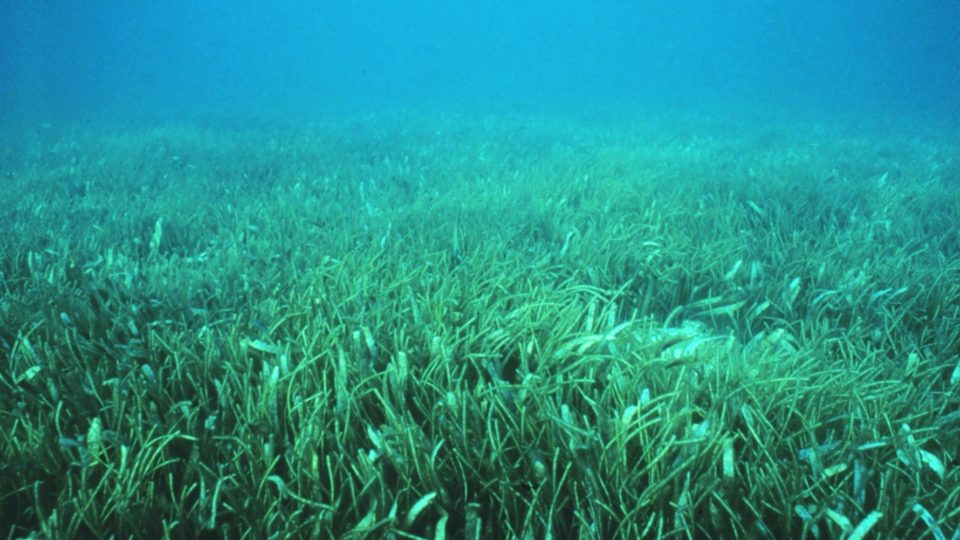Superstorm Sandy in 2012 flooded 17% of New York City and caused $19 billion in damage. In its aftermath, plans emerged to create floodwalls, raised elevations, high-capacity drainage, and other infrastructure to protect the city from future Sandy-like events.
Like all large infrastructure projects in densely populated places, the remaking of New York’s shoreline has only moved along in fits and starts. But there has been significant progress.
The East Side Coastal Resiliency (ESCR) project is the largest urban resiliency project currently underway in the United States. The first piece of it – the Asser Levy renovation – was completed in 2022. Over the next three years, the $1.8 billion ESCR will reshape two-and-a-half miles of Lower Manhattan’s shoreline. The ESCR is just one part of a much larger $2.7 billion initiative called the BIG U, which is a series of contiguous flood resilience projects that will create 5.5 miles of new park space specifically designed to protect over 60,000 residents and billions of dollars in real estate against sea level rise and storm surges.
In a time of rising seas and increasingly powerful storms, flood-prone coastal U.S. cities – including Boston, Norfolk, Charleston, Miami, and San Francisco – are moving toward embracing the long-held Dutch concept of “living with water”, which emphasizes infrastructure that can both repel and absorb water while also providing recreational and open space.
**********
Web Links
After a Decade of Planning, New York City Is Raising Its Shoreline
Photo, posted November 1, 2012, courtesy of Rachel via Flickr.
Earth Wise is a production of WAMC Northeast Public Radio
